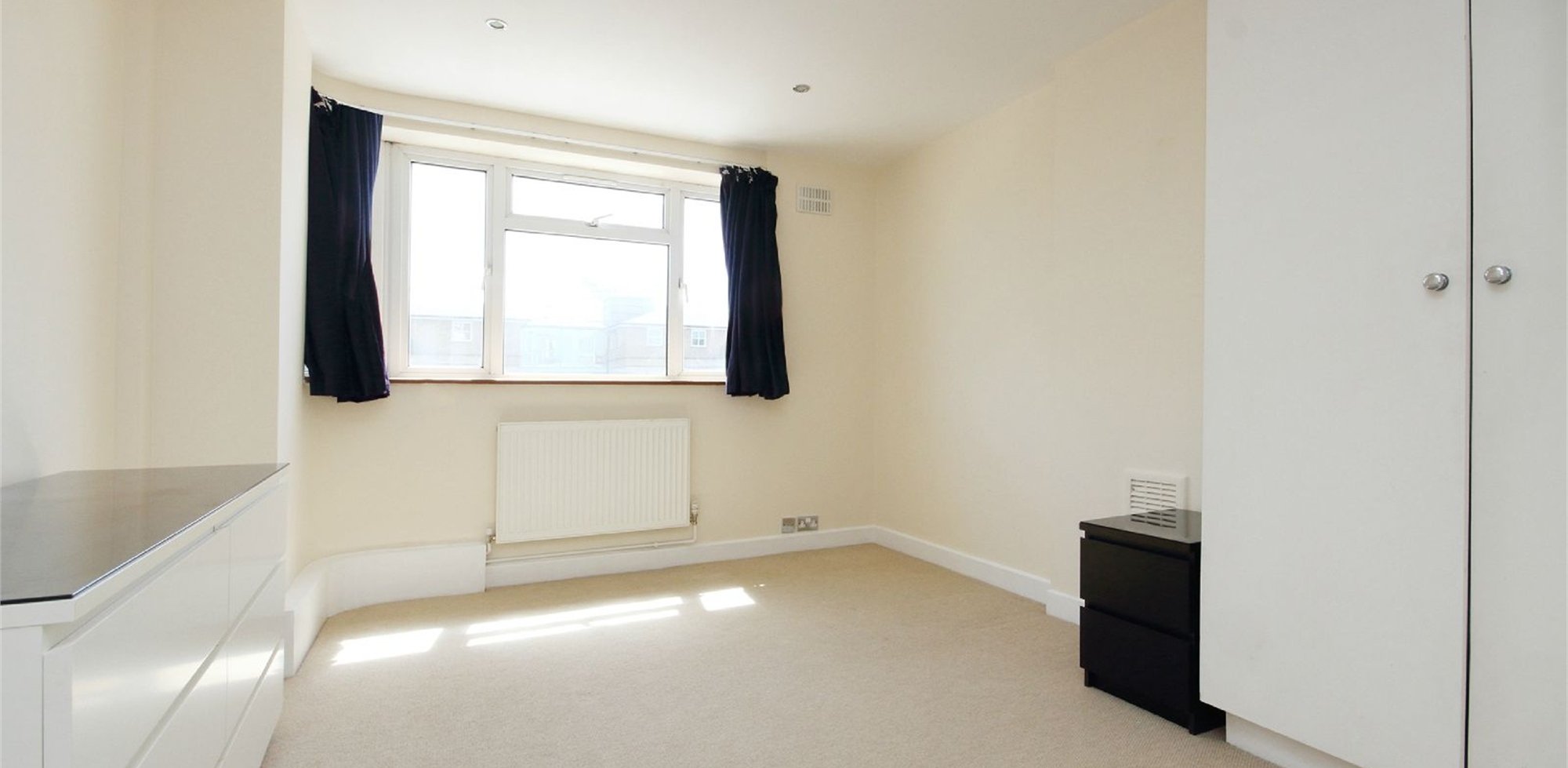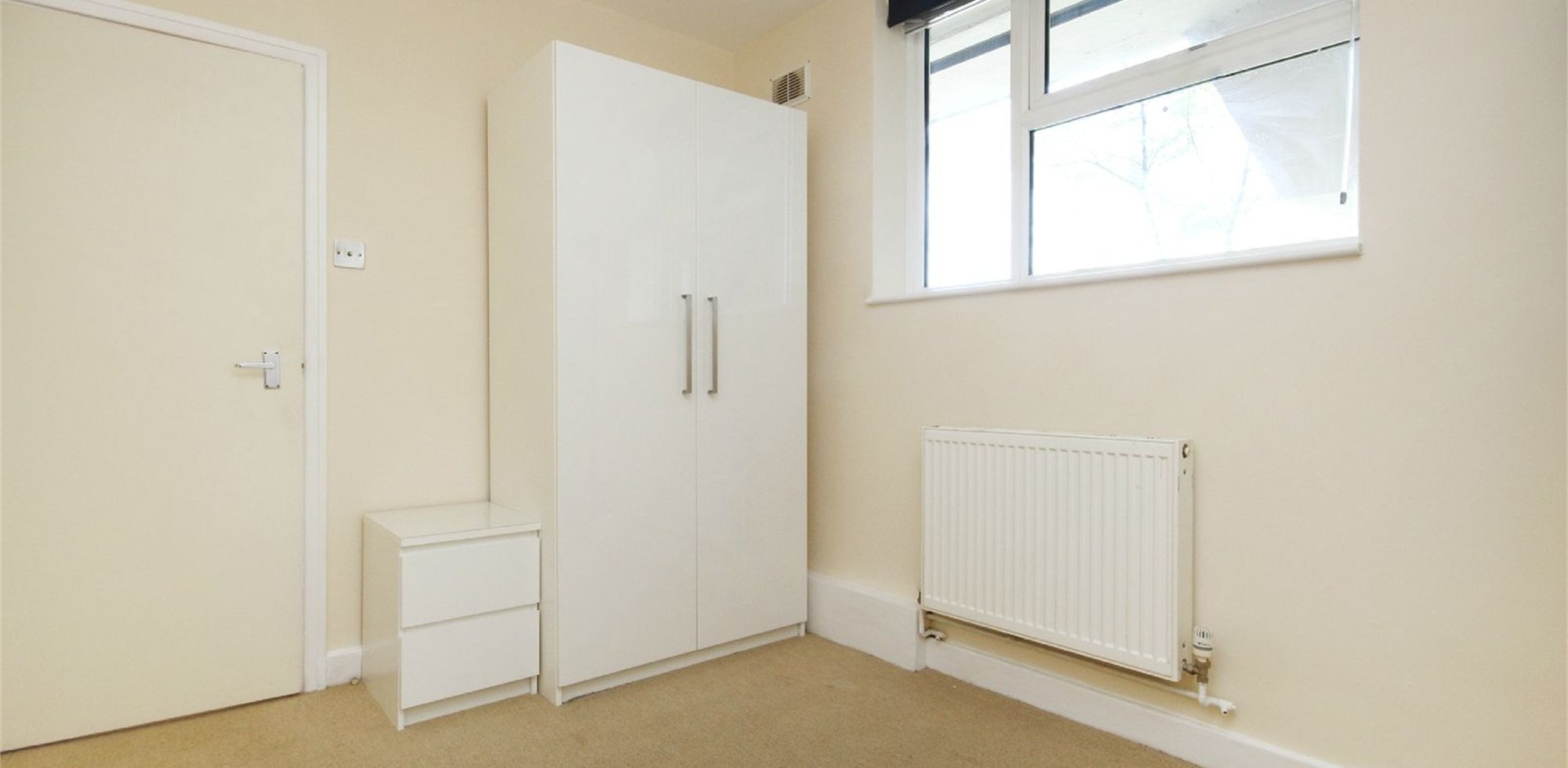
Earthquake activity: Melville-area historical earthquake activity is significantly above New York state average. wind speeds 113-157 mph) tornado 8.0 miles away from the place center caused between $50,000 and $500,000 in damages.

wind speeds 207-260 mph) tornado 44.5 miles away from the Melville place center injured 40 people and caused between $50,000,000 and $500,000,000 in damages. Originally published in the New York Intellectual Property Law Association’s December 2016- January 2017 edition of The Report.Melville-area historical tornado activity is slightly above New York state average. Ĭlaim construction is a seemingly simple proposition that continues to challenge even the most seasoned patent practitioners, as well as the courts. After all, it is well understood that claim terms are to be given their ordinary and customary meaning as understood by one having ordinary skill in the art at the time of the invention. If, on its face, claim construction seems rather straight- forward, where does the problem lie? Perhaps giving rise to the difficulty of interpreting claim language is the conundrum that the claims themselves are not dispositive. AWH Corp., “the person of ordinary skill in the art is deemed to read the claim term not only in the context of the particular claim in which the disputed term appears, but in the context of the entire patent, including the specification.” Therein lies the issue: by reading the claims in view of the specification, it is exceedingly difficult to merely interpret the claims in view of the specification, rather than to import limitations into the claims from the specification.

This difficulty is a problem, because importing limitations from the specification is regarded by the courts as being “‘one of the cardinal sins of patent law.’” īut, if importing limitations into claim terms is considered to be a major breach, how can the Court of Appeals for the Federal Circuit justify the result reached in the unpublished, nonprecedential opinion ProFoot, Inc. 26, 2016), which seemingly imports limitations from the specification into the claims? The answer to this question depends upon the specific facts of this case.

The district court in ProFoot was tasked with interpreting claims 1 and 3 of ProFoot, Inc.’s (“ProFoot”) U.S. Providing an insert having an angle which represents the neutral state for the right ankle įor creating a left foot insert, having the individual place the left foot on a neutralizer while elevating the right foot off of the neutralizer Using the neutralizer to determine the angle necessary to place the right ankle in a neutral position A method of fitting an individual with right and left foot inserts which place the ankles of the individual in a neutral position comprising the steps of:įor creating a right foot insert, having the individual place the right foot on a neutralizer while elevating the left foot off of the neutralizer For purposes of brevity, only claim 1 will be discussed.


 0 kommentar(er)
0 kommentar(er)
